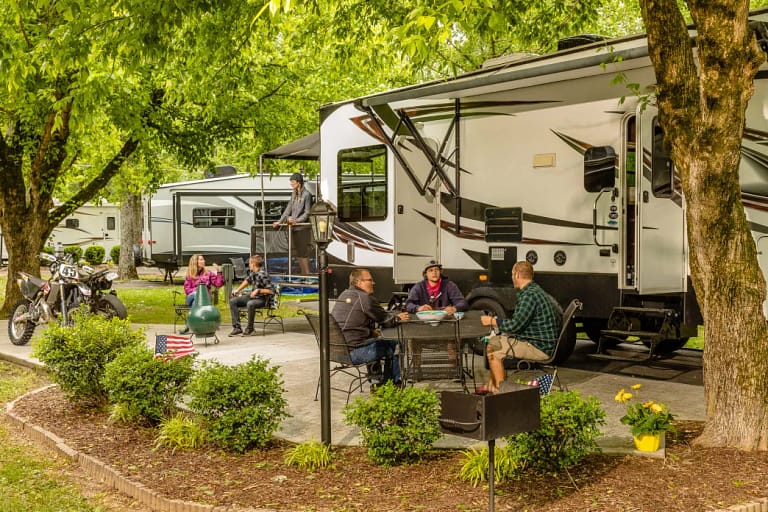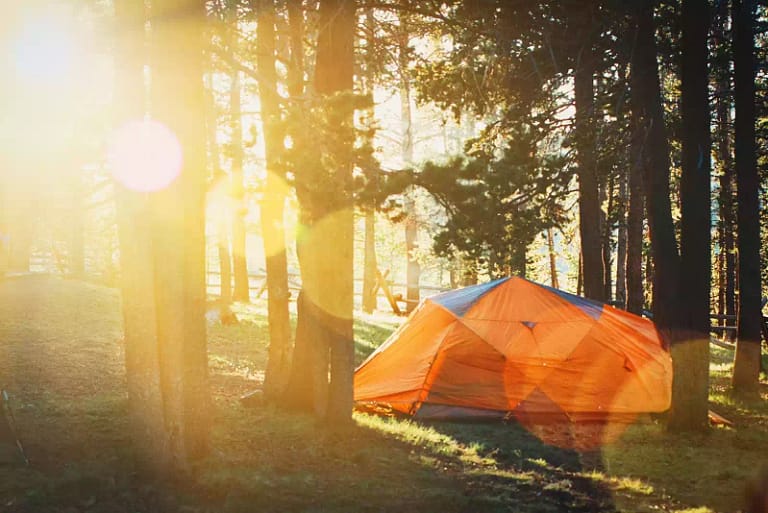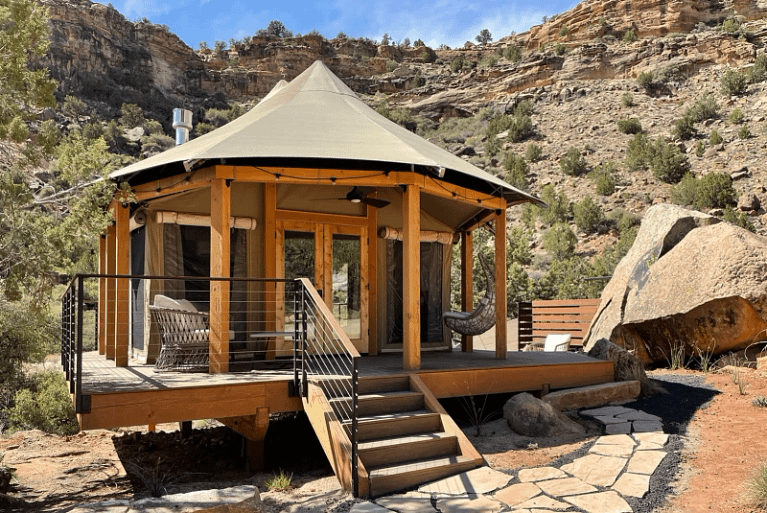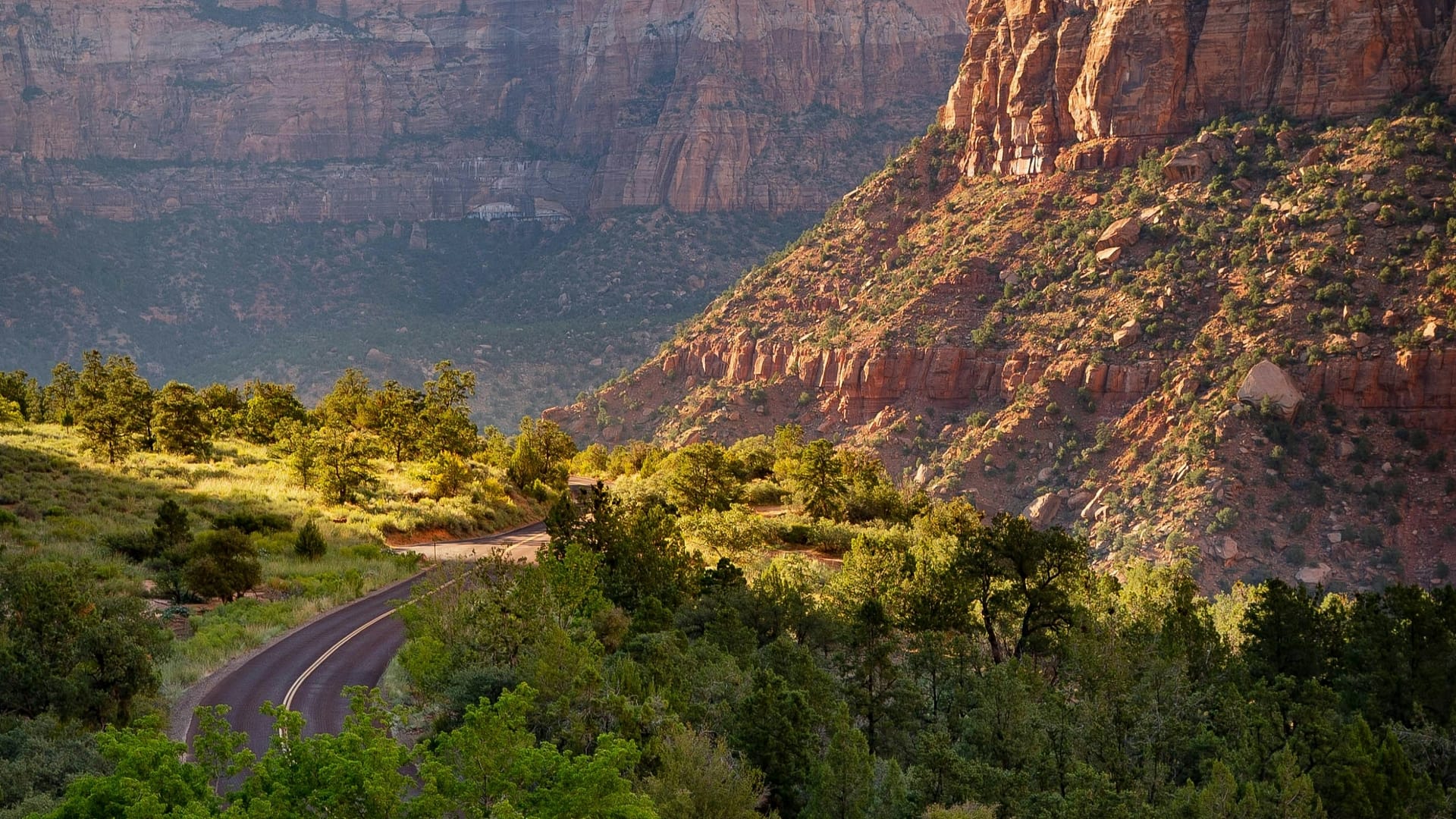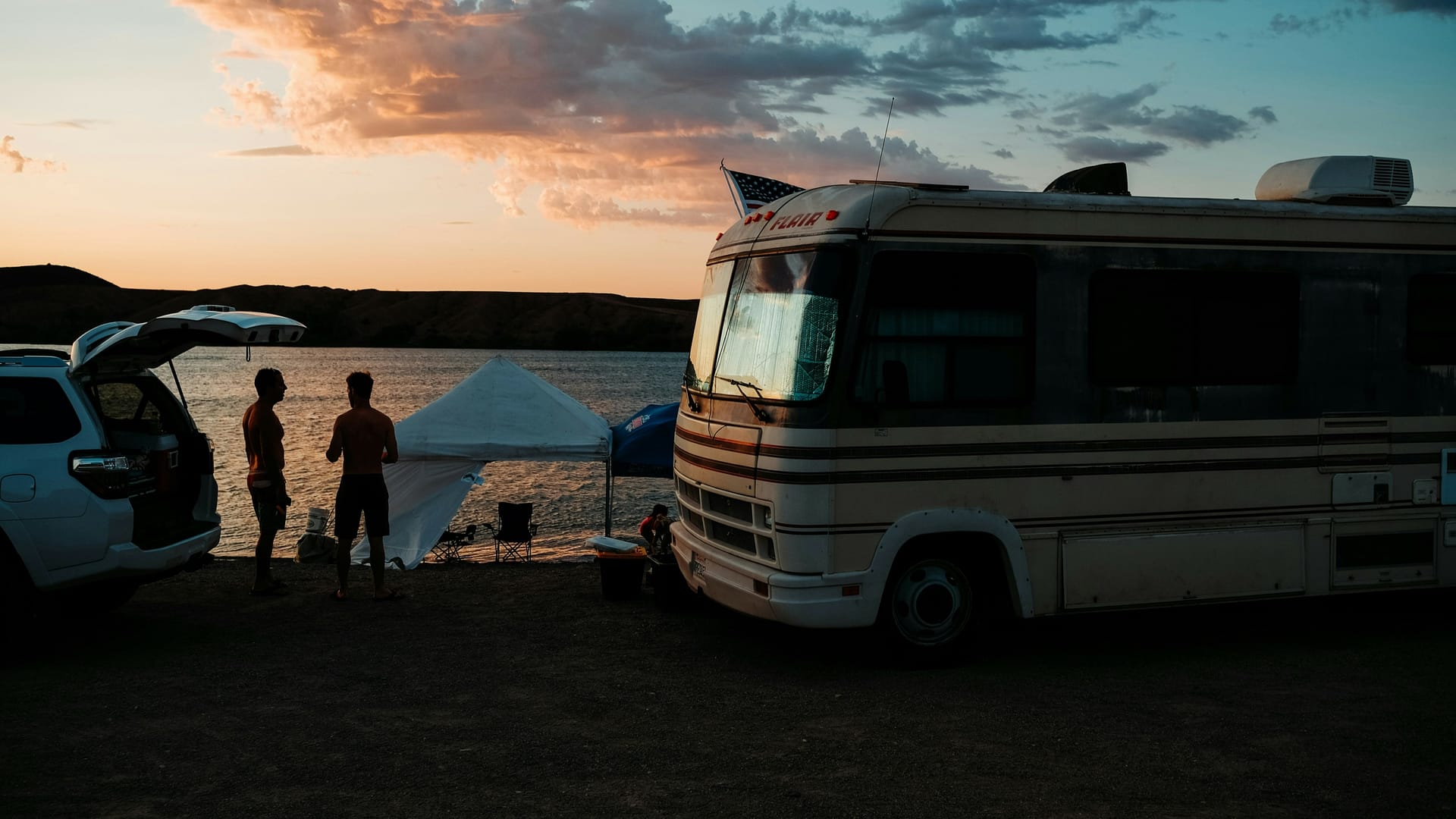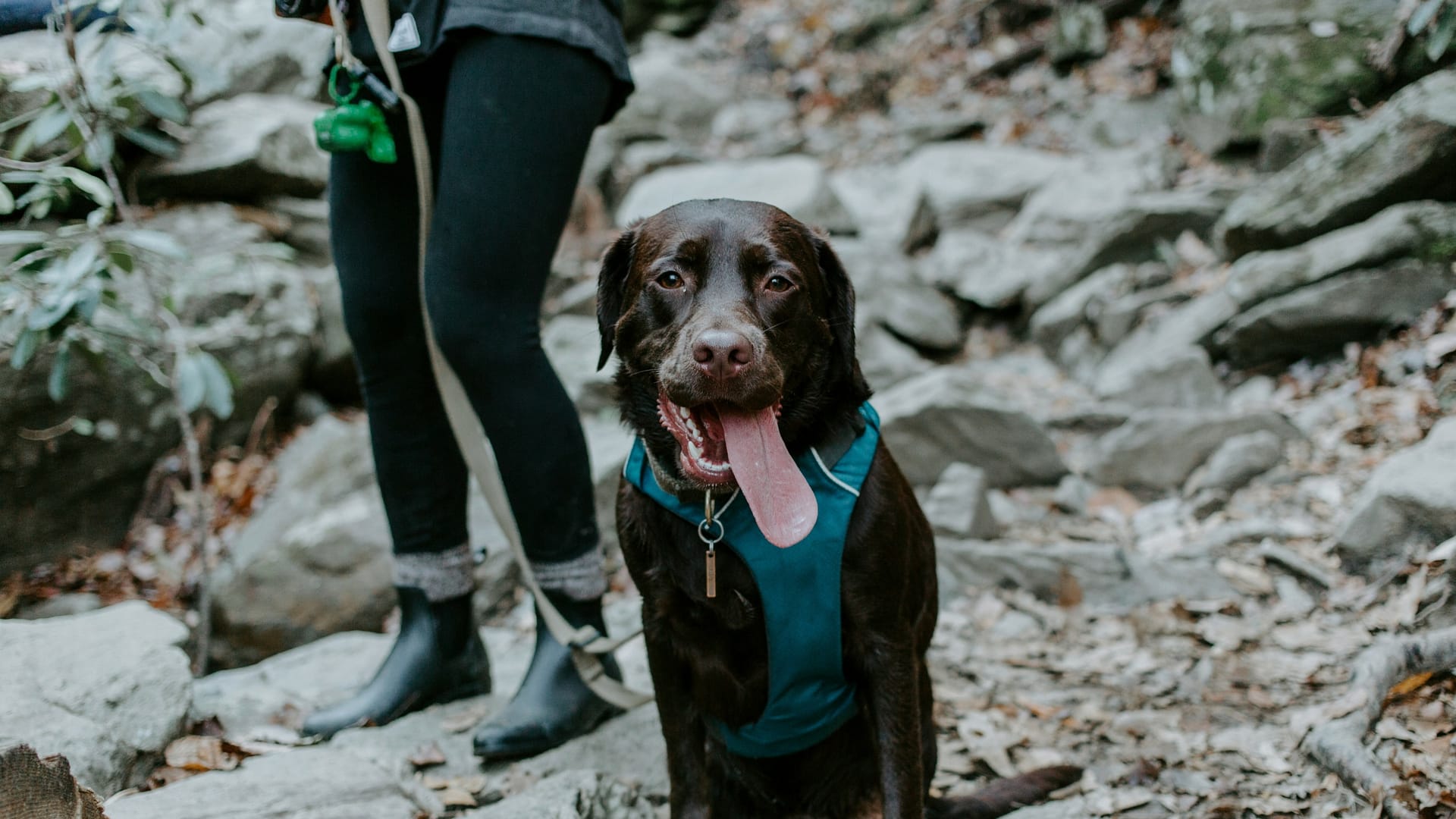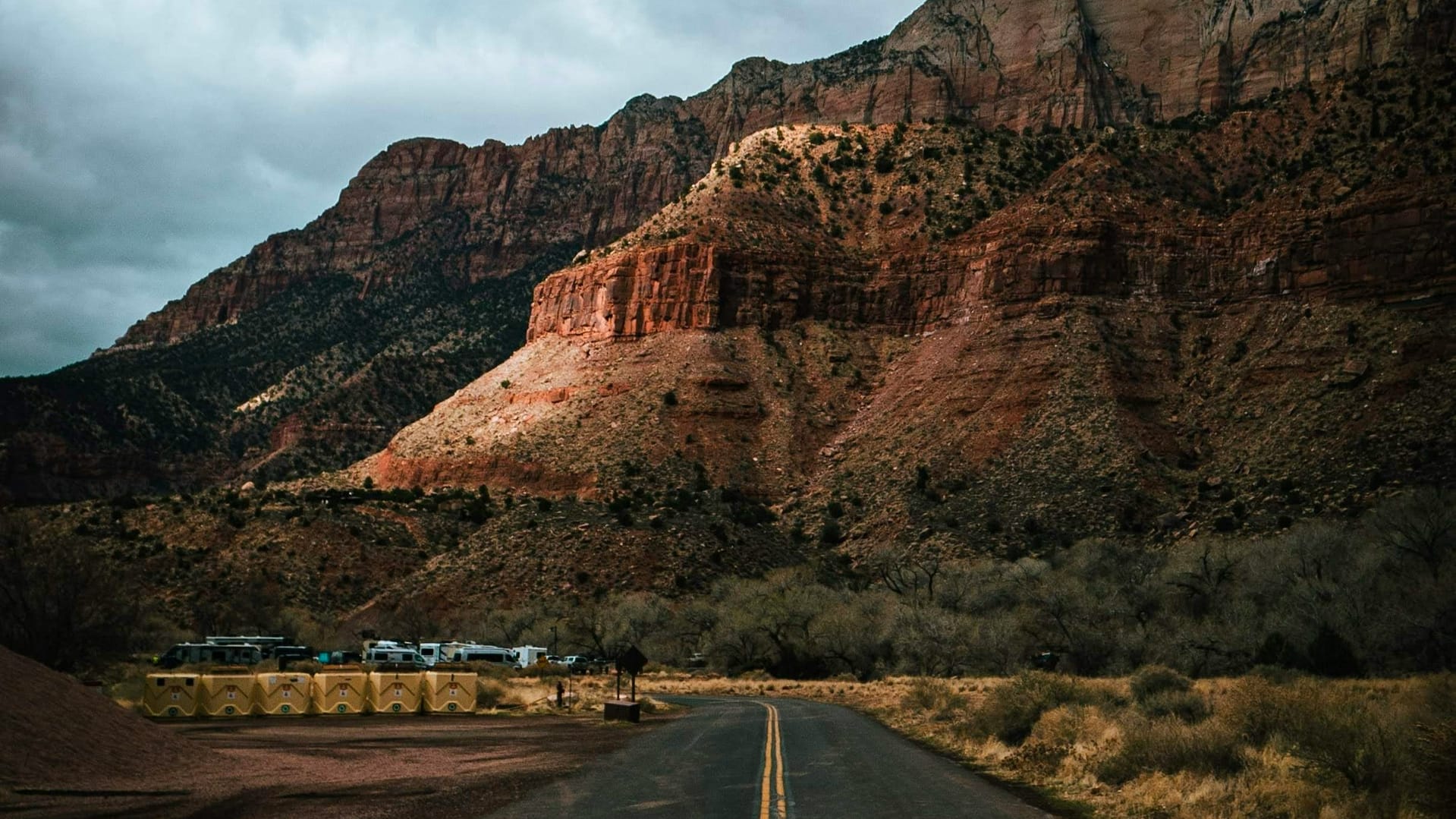Hey, campers! Do you like sunshine? Can we interest you in some geographic diversity? Would you like a choice between being surrounded by people and being very far away from all other people? Well, have we got a camping destination for you!
Have you heard of Southern California? It’s pretty famous. And pretty. So very pretty, and did we mention sunny? Seriously, folks, camping in Southern California is an amazing experience and one that can look very different from camper to camper. Along with that oh-so-pleasant climate, SoCal has lots of top-notch campsites to suit all styles.
RVing in Southern California can mean an epic road trip along the coast, hitting beaches by day and beach-town bars by night. Glamping in Southern California can take you a world away from city life, with gourmet meals served under dazzling night skies. And tent campers have literally countless settings to consider, from high-elevation lakes and forests to the otherworldly landscapes of Joshua Tree National Park.
One last question: How do you feel about freeways?
In this article:
ToggleTotally Rad Places to Go Camping in Southern California
About that geographic diversity — it’s no marketing ploy. Southern California’s landscapes are astoundingly varied. To use a favorite travel writer’s cliche, it’s “a land of contrasts.” The region’s massive population is mostly along the coast, concentrated in the Los Angeles-Orange County-San Diego megalopolis. These urban expanses are tangled amid coastal mountain ranges, dividing the land into valleys and canyons, peaks, and plains. There are countless pockets of unspoiled nature, ideal for camping, within the vicinity of even the densest communities. Campers might therefore hit up museums and theme parks one day and spend the next exploring serene hiking trails and coastal bluffs.
Inland, Southern California yields to vast deserts, namely the Mojave and Colorado deserts. Developed desert regions include the Coachella Valley and Inland Empire; beyond these enclaves, the lands are barely inhabited, with a desolate beauty and unforgiving climate. Mountain ranges in SoCal present opportunities for seasonal high-elevation camping, with cooler temperatures and serene forest surroundings.
A good place to start planning your camping trip in Southern California is to choose between the following geographical groupings. (Remember, those plentiful freeways mean you can combine more than one region into an RV or car-camping road trip.)
Coastal Camping in Cali (SoCal Edition)
Southern California’s famous beaches are excellent destinations for camping all year round. Campgrounds along the coast are naturally very popular, so book as far in advance as you can. The southern coastal regions include Los Angeles, Orange, and San Diego county beaches. Popular beach areas close to cities include Malibu, Manhattan Beach, Laguna Beach, and La Jolla. LA County’s beaches back up to the scenic Santa Monica Mountains National Recreation Area. There are some quieter beaches with nearby campsites in this region, too. Consider camping near Point Mugu and Leo Carillo state parks near the Los Angeles-Ventura county line or San Onofre State Beach north of San Diego.
Quieter still, although very much urban-adjacent, are the beaches of the southern Central Coast region. Ventura, Santa Barbara, and San Luis Obispo counties present beaches, charming towns and cities, and agricultural landscapes, including stretches of wine country. Inland communities such as Ojai, Solvang, and Paso Robles are a nice alternative to beachfront camping in this region.
Southern California also offers island camping. There are beach and backcountry campsites as well as glamping on Santa Catalina Island, accessible by ferry from four different harbors in LA and Orange counties. Channel Islands National Park, dubbed “the Galapagos of North America,” is an incredible destination for hiking, kayaking, and snorkeling. Campsites are available on select islands, or you can camp in Ventura County and take a day trip.
Hot (as in “sought-after,” and also the other definition) Desert Camping in Southern California
Palm Springs is the major city hub of the Coachella Valley, one of the most popular desert destinations in Southern California. Camping is an option not far from the cities of this region, with RV resorts especially plentiful due to the flock of “snow birds” from colder climes. The ritzier crowd can find glamping resorts in this area, too.
Flanking the Coachella Valley to the west is the BLM-managed Santa Rosa and San Jacinto Mountains National Monument. Dramatic elevation changes mean sun-baked valley floors, snow-capped peaks, and many microclimates in between make up the monument’s habitats. Prepare wisely before camping in these rugged lands. To the east of the Coachella Valley is the iconic Joshua Tree National Park, one of the most popular spots for desert recreation in Southern California. To the south is the Salton Sea, a destination that’s seen better days.
At the far western edge of Southern California is the Mojave National Preserve, which has developed and dispersed camping options. So does Anza-Borrego Desert State Park, notable as an International Dark Sky Park for all you stargazers out there. The southern reaches of the enormous Death Valley National Park are in Southern California, although road access is technically north of the region.
It’s possible to camp year-round in California’s deserts, and many do. Summertime temperatures are seriously scorching (in case you were unfamiliar with deserts), even overnight, so be sensible. Springs and winters in the desert can be delightful, though. Desert camping in Southern California during any season requires careful research and planning.
Love to Camp High? Check Out SoCal’s Mountain Destinations
Southern California doesn’t have quite the mountain majesty of NorCal, but its mountain resort communities can be delightful places to camp. Among them are Big Bear Lake, Lake Arrowhead, and Wrightwood, which become ski resorts in winter and recreational playgrounds for the rest of the year. You can camp in the serene mountain forests and spend days boating on lakes, fishing, hiking, or enjoying local family attractions like zip-line courses, go-karting, and alpine slides.
Sequoia National Forest at the southern end of the Sierra Nevadas covers over 1.1 million acres of unspoiled land with abundant campgrounds and trails. Lake Isabella is a highlight of the southern region of the national forest. It’s popular for windsurfing and boating.
All Kinds of Campgrounds in Southern California
Private campgrounds are easy to find all over Southern California, with the more popular coastal and urban-adjacent regions presenting the widest range of choices. For glamping and full hook-up RVing in Southern California, limit your searches to private campgrounds only. Private camping in Southern California is remarkably varied, ranging from family-friendly resort properties where you’re tempted to just stay and have fun on-site to off-the-grid destinations with little more than a tent pad and water spigot.
National and state park campgrounds, BLM campgrounds, and developed national forest campgrounds are also available. Many campers enjoy dispersed camping on public lands across Southern California. Public campgrounds are typically quite basic and have RV length restrictions, so search for private campgrounds to avoid such limitations.
Stuff To Bring Camping in Southern California
A SoCal camping list will look very different depending on your destination, the season, your style of camping, and the activities you want to pursue. You might be camping with a large RV loaded with kayaks and mountain bikes, plus a fully stocked fridge, or backpacking with as few possessions as possible, saving room and strength for carrying water.
Southern California’s climate is generalized as Mediterranean, with hot, sunny summers and mild winters with occasional rain. Don’t apply this generalization to all destinations! Check the weather forecast for your specific camping spot, as temperatures can vary considerably across even a few miles. In shoulder seasons, bring layerable clothing, as there can be a big drop in temperatures overnight.
Never skimp on sun protection and hydration, even if it doesn’t seem hot or dry. You can get very sunburnt very quickly on a cool, cloudy day in SoCal. Tent campers might need to prepare for high winds, especially during the fall-through-winter season when the Santa Anas can blow really hard.
Anyone RVing in Southern California needs to remember that the state has the nation’s highest gas prices. Packing light can help with fuel costs, as can camping during cooler seasons when you don’t need to run the A/C.
Cool Things To Do While Camping in Southern California
Want another travel writer’s cliche? Southern California is an “outdoor playground.” But really, that mostly pleasant weather inspires people to spend a lot of time outdoors — a no-brainer when you’re camping.
Hiking
Hiking is probably the No. 1 thing to do while camping in Southern California, and it’s a year-round activity in all but the highest elevations. Virtually every place where you can camp will be close to hiking trails, ranging from a few easy miles along coastal bluffs to serious mountain treks.
Some well-known hiking trails across the region include the lowest sections of the Pacific Crest Trail, which starts at the U.S.-Mexico border and continues up through Sequoia National Forest; the photogenic “Bridge to Nowhere” trail in Angeles National Forest; and the super-steep Cactus to Clouds Trail from the Coachella Valley floor to the summit of Mount San Jacinto. Find easier hikes with coastal views in the Santa Monica Mountains or in Torrey Pines State Reserve near San Diego. All the region’s national parks and most state parks have great trail systems, too.
Biking
Biking in Southern California can mean a leisurely cruise on a coastal boardwalk or a serious mountain biking trail in the wilderness. Most bikers will prefer something in between. Some stand-out bike trails include the 14-mile Ken Burton Loop, the only official mountain biking trail in Angeles National Forest, and the Santa Ana River West Trail, a long 22.8 miles covering easy and varied terrain from urban to riverside to mountain pass. A tough, high-adrenaline trail in SoCal is The Luge in Lake Forest. Backbone Trail in the Santa Monica Mountains is also a challenge but rewards you with expansive ocean views.
Photography
Is there anywhere more camera-ready than Southern California? Funnily, that powerful sunshine can be a challenge to photographers. If you’re dedicating some time to photography during your camping trip, plan for early mornings to capture the beautiful landscapes under gentler light. Dark sky photography opportunities are outstanding in the desert; the farther from the city lights, the better.
Joshua Tree National Park is an especially inspiring site for photography plus camping in SoCal. Nowhere else can you capture those weird, spindly specimens and unusual rock formations. When wildflowers pop up in spring — they’re especially abundant after rains — they make for some gorgeous photo shoots. The Antelope Valley California Poppy Reserve is very popular with photographers when the state flower is in bloom. All of California’s beaches are beautiful, but La Jolla Cove and El Matador State Beach are breathtaking at sunset.
Ready To Go Camping in Southern California?
Are you ready to go tent camping, RVing, or glamping in Southern California? Picking a destination is the first and probably most difficult step in the planning process, but don’t stop there. Think carefully about the season and conditions of that destination, and make sure you’re prepared for the riskier elements of SoCal’s wilder settings. And of course, you should book campsites in advance whenever possible.
FAQs About Camping in Southern California
When is the best time to go camping in Southern California?
Coastal SoCal has pleasant weather for camping, RVing and glamping all year round, but camp in the summer if you really want to enjoy the hot sun. Heavy rains do fall in Southern California, mostly in winter and in short bursts. Desert camping is best in spring and winter, with summer through fall too scorching for most. Mountain camping destinations can be covered in heavy snow throughout winter and into spring, so it’s a summer-only pursuit for the average camper.
Are there any hazards while camping in Southern California?
Campers need to be aware of wildfires, a major risk in urban and wilderness areas alike. The fire season was traditionally summer through fall, but now many consider it to be year-round. It’s smart to have a communication device ready to receive alerts about wildfires, which occur in an instant and spread rapidly.
Heat protection and hydration are always vital while camping and recreating in Southern California, in every region and every season. While beach campers might just end up sunburnt and thirsty, poor planning can be deadly for other campers in the desert and wilderness areas. Don’t underestimate your need for water or the power of the sun.
Campers need to be aware of rattlesnakes, scorpions, some dangerous spiders, black bears, coyotes, and mountain lions. These are not all a concern in all areas of Southern California, and encounters are rare. But it’s smart to read up on potential wildlife hazards at your particular camping destination.



